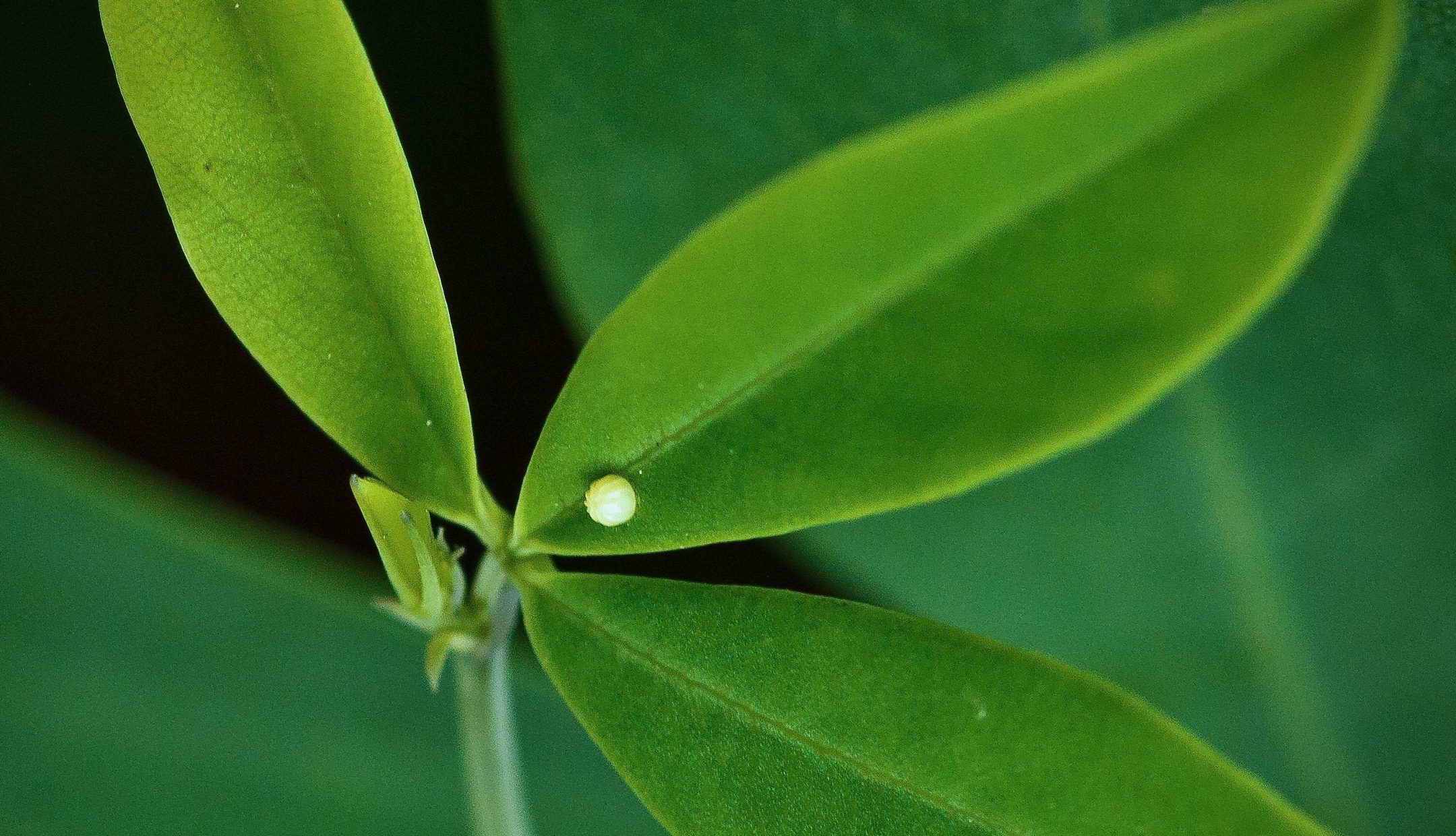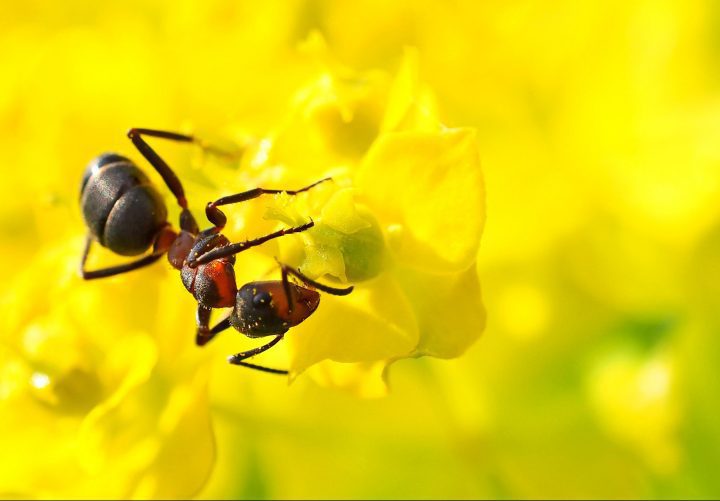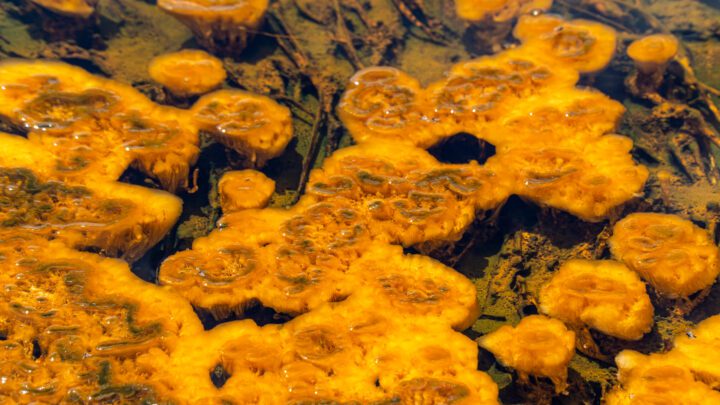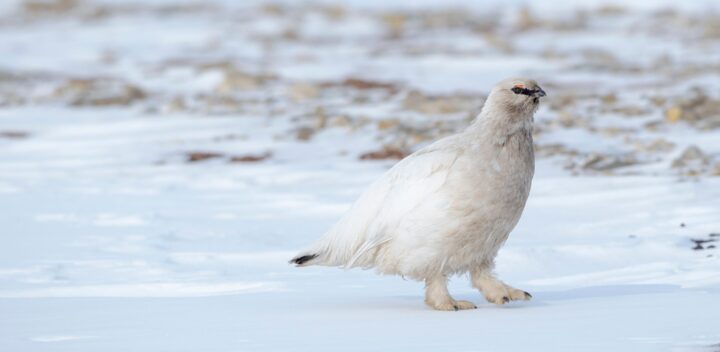Small leaves are more effective at keeping cool and protecting insect eggs from fatally high temperatures.
Introduction
When people overheat, we perspire. The sweat absorbs heat energy from our bodies, converts from a liquid to a gas, and transfers that energy into the air as it rises, cooling us off.
Plants don’t perspire, they transpire—releasing water as vapor through pores on leaf surfaces called stomata. Although plants transpire for more reasons than just cooling off, reducing leaf temperatures is one benefit. And it’s beneficial not just to plants, but to insects like the sphinx moth who lay their eggs upon those leaves.
The Strategy
A recent study at the University of Arizona showed that transpiration in the sacred datura plant cools smaller leaves more than larger leaves. This makes them better at protecting the eggs which, unlike plants and humans, have no way to regulate their own temperatures.
Heat stimulates transpiration, so it has the largest effect during the hottest part of the day. This is also the time when insect eggs are most at risk of scorching in the sun. During peak afternoon temperatures, the study found that leaves of all sizes were generally cooler than the ambient air. However, the small leaves, with lengths of about two inches, were on average 5.4 °F cooler than large leaves having lengths of about four inches.
The reason smaller leaves are cooler is that they transpire faster. Why? Because of something called a boundary layer.
As wind blows across a leaf, a still zone exists just above the surface. Farther from the surface, wind vortices mix the air, but inside this still pocket, known as the boundary layer, no mixing occurs. Without mixing, water leaving the stomata must diffuse across the boundary layer. As wind travels along the length of a leaf, the boundary layer widens. Because bigger leaves have thicker boundary layers, water has to diffuse for longer distances, translating to slower evaporation than their smaller counterparts.
The fact that larger leaves aren’t as good at cooling themselves doesn’t necessarily put eggs lain on them in peril. To test the actual danger, the researchers exposed sphinx moth eggs to temperatures that mimicked those experienced during Arizonan afternoons. When subjected to 104 °F, all of the tested eggs remained viable, but at 107 °F, only 62.5% of the eggs hatched, and at 110 °F, none did. Whereas some large datura leaves reached temperatures as high as 115°F.
The Potential
Boundary layers are important when designing planes for the pressure differential that gives a wing lift. But what could be done if we engaged their thermal properties? Could we learn to keep buildings inherently cooler or to lower the energy that electronics use to stay cool in hot environments?












